Converting ANSI PST to Unicode PST in Outlook 2016, 2013 & 2010
Akash Tiwari
|
Updated On - September 18, 2023
Read time 7 minutes
ANSI PST files, originating from MS Outlook 97-2002 versions, have a restrictive file size limit of 2GB and lack support for multilingual data. In contrast, MS Outlook 2003 and subsequent versions introduced Unicode PST files, which not only offer expanded storage capacity but also provide compatibility for multilingual data.
Creating an ANSI PST file is a straightforward process. The steps for creating ANSI PST files in Outlook 2016, 2013, and 2010 are quite similar. Follow the steps below to create an ANSI PST file.
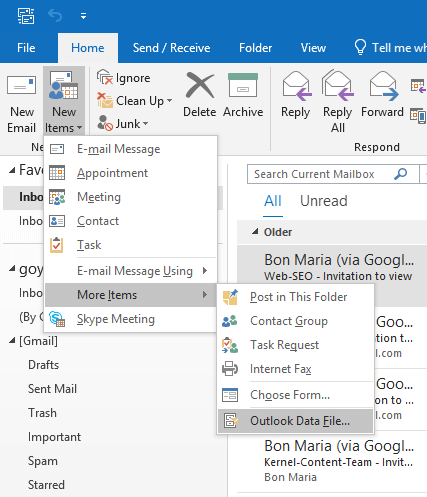
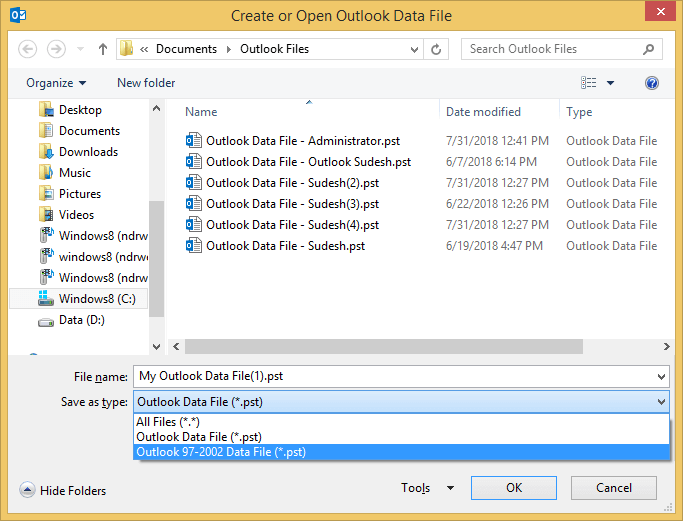
This way you can create an ANSI PST file. And the process of creating ANSI PST file is similar in Outlook 2010 and 2013 with the same steps.
While creating an ANSI PST file is a simple task, converting it to a Unicode PST can be somewhat complex. Nevertheless, there are several methods available to facilitate the conversion from an ANSI PST to a Unicode PST. In this article, we will explore two of these conversion methods.
One of the easiest methods to convert an ANSI PST to Unicode PST is to create a new PST file and import data from the ANSI PST file. To do this follow the below steps;
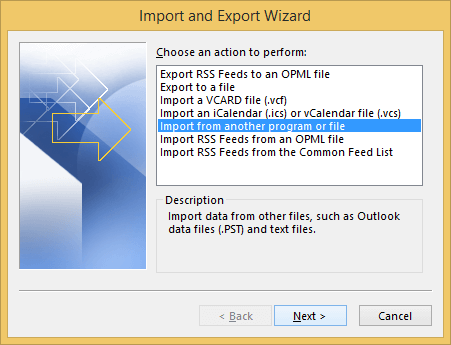
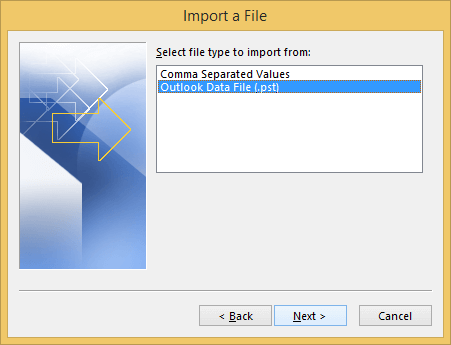
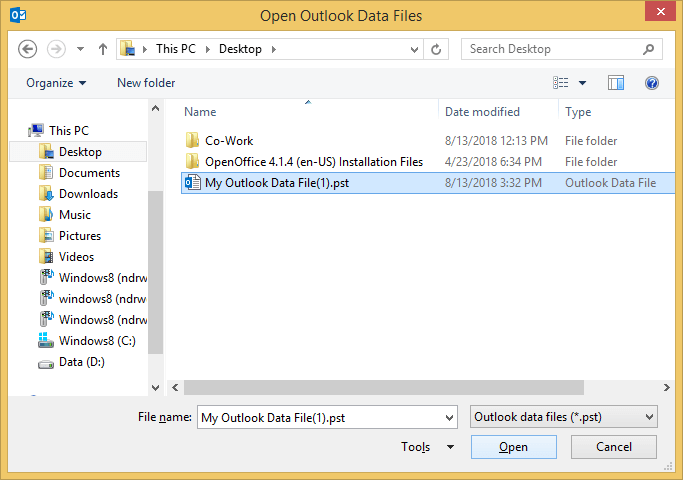
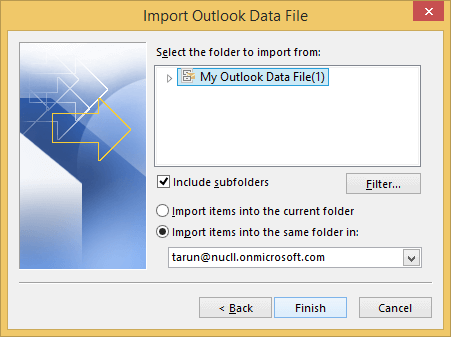
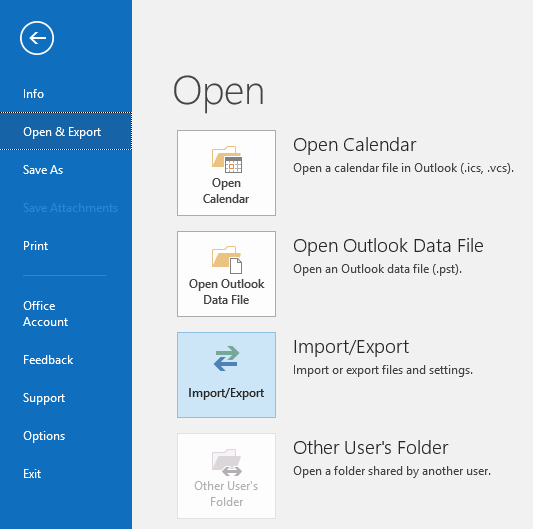
This way you can convert an ANSI PST to a Unicode PST file.
Kernel for PST Repair is an advanced utility designed to repair and convert corrupt or damaged PST files into various formats. Notably, it excels in converting ANSI PST files to Unicode PST files. Here’s a step-by-step guide on how to perform this conversion.
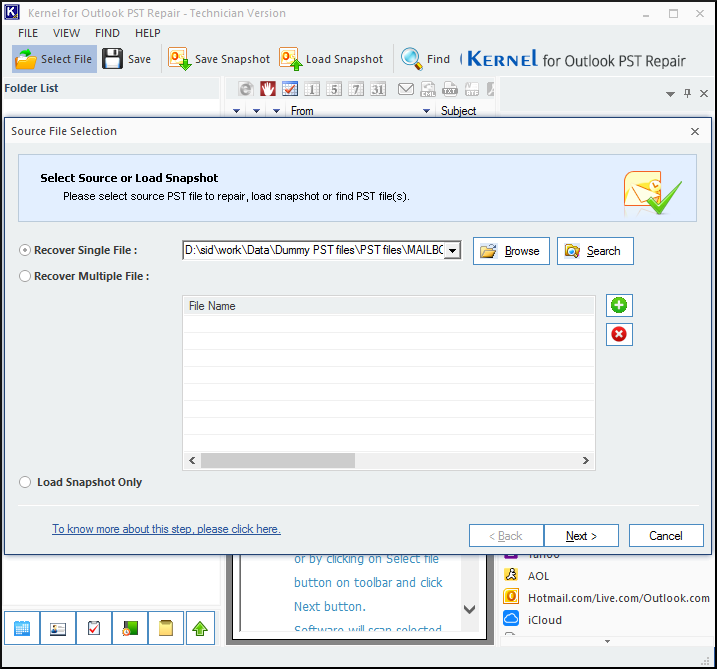
Note: The software is compatible with all versions of Outlook including Outlook 97 and 2000.
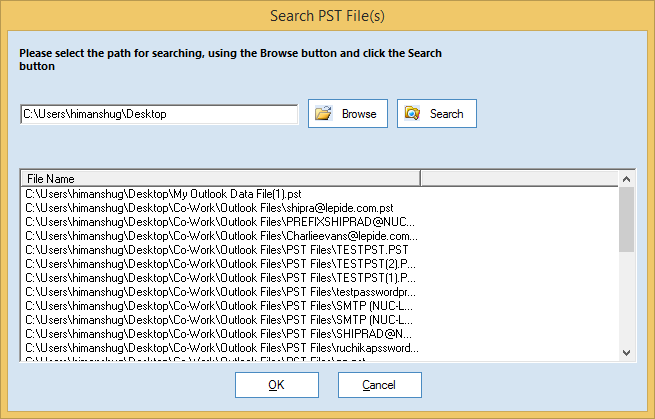
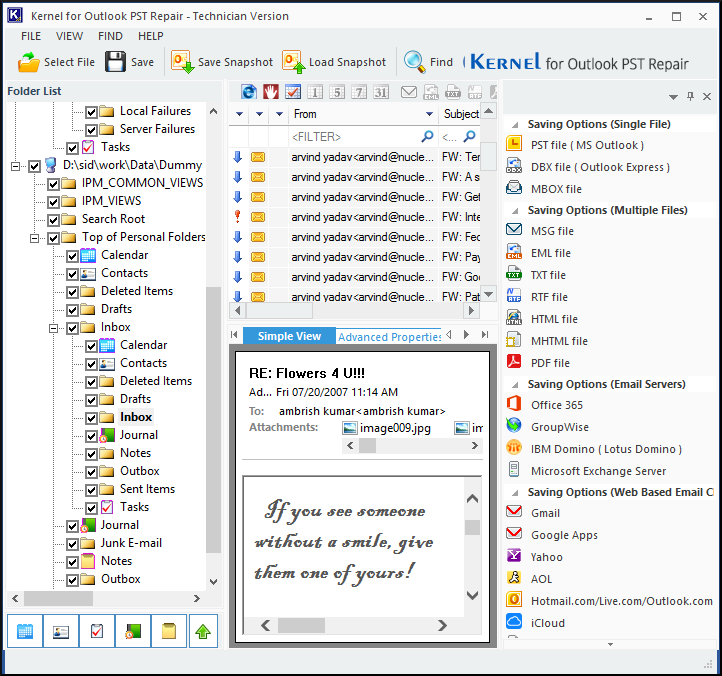
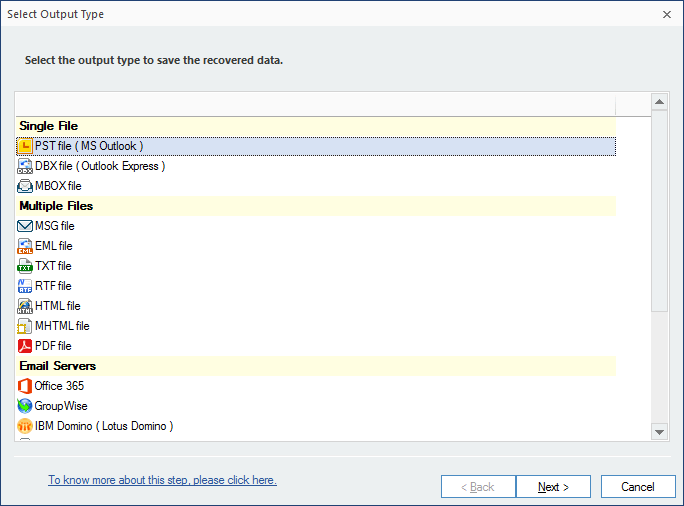
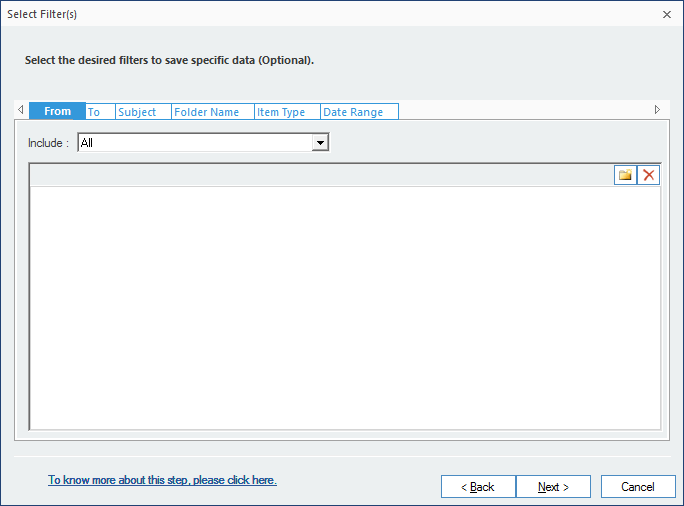
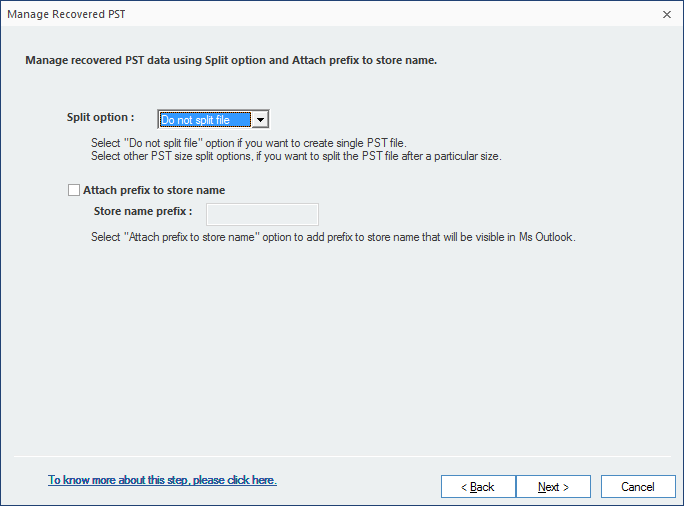
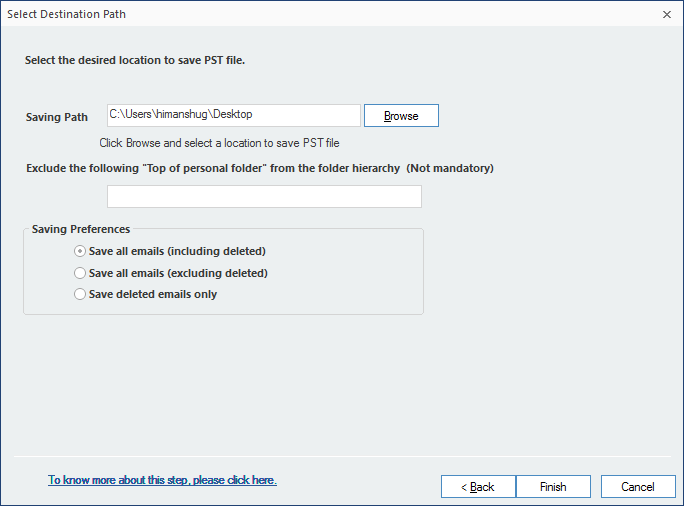
This way you can easily convert an ANSI PST file to Unicode PST with the help of tool.
You can convert ANSI PST to Unicode PST using Outlook 2016/2013/2010 versions, or you can opt for a professional tool specifically designed to facilitate this conversion process.